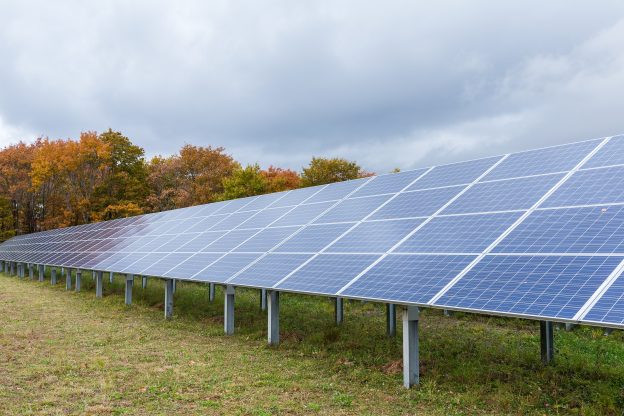Polysilicon prices have seen continuous hikes in the past two weeks due to the explosion at Jiangsu Zhongneng’s chemical plant in Xinjiang and the impact of the COVID-19 pandemic, according to TrendForce’s latest investigations. In particular, mono polysilicon closing prices increased by more than 10% on average, which led wafer suppliers to increase wafer prices. As a result of rising wafer prices, the downswing in global PV module prices rebounded into an uptrend instead.
TrendForce analyst Sharon Chen indicates that leading PV wafer supplier LONGi increased its wafer prices again this week in response to rising polysilicon costs, with an average increase of 7% (7.3% in the overseas markets). However, as end-market demand has yet to recover to a sufficient level, the increase in global PV module prices is projected to be limited despite their rebound.
As end-market demand for PV modules in Taiwan declines, module price hikes are projected to reach about USD 1.5 cent/W at the most
Legislative changes issued by the Council of Agriculture in Taiwan last month strictly prohibited agricultural land from being used for green energy generation, thereby resulting in lower than expected PV module shipment in the downstream end-market. More specifically, these changes are likely to lower downstream market demand by at least 500MW in installed PV capacity. In addition to the installed capacity of merely 560MW in 1H20, large-scale grid-connected PV projects are expected to total about 350MW in 2H20, meaning yearly installed capacity still falls relatively short of expectations, and the government’s goal of reaching 6.5GW in cumulative installed PV capacity starting in 2016 remains a lofty goal.
The continuous rise of polysilicon prices in the global market has brought about a corresponding increase in wafer prices, with many PV module suppliers in Taiwan mulling the possibility of increasing their module quotes as well, but the suppliers are likely to limit the magnitude of this price hike, since they fear that a significant price hike may cause customers to redirect orders elsewhere in light of weakened demand in 4Q20. On the whole, the increase in Taiwanese module prices is projected to fall between USD 1-1.5 cent/W. Taiwanese PV module costs are relatively high, while mainstream module prices exceed the global average by at least 30%. As such, Taiwanese PV modules are somewhat uncompetitive in the overseas markets, with domestic demand in Taiwan remaining as their only support.







